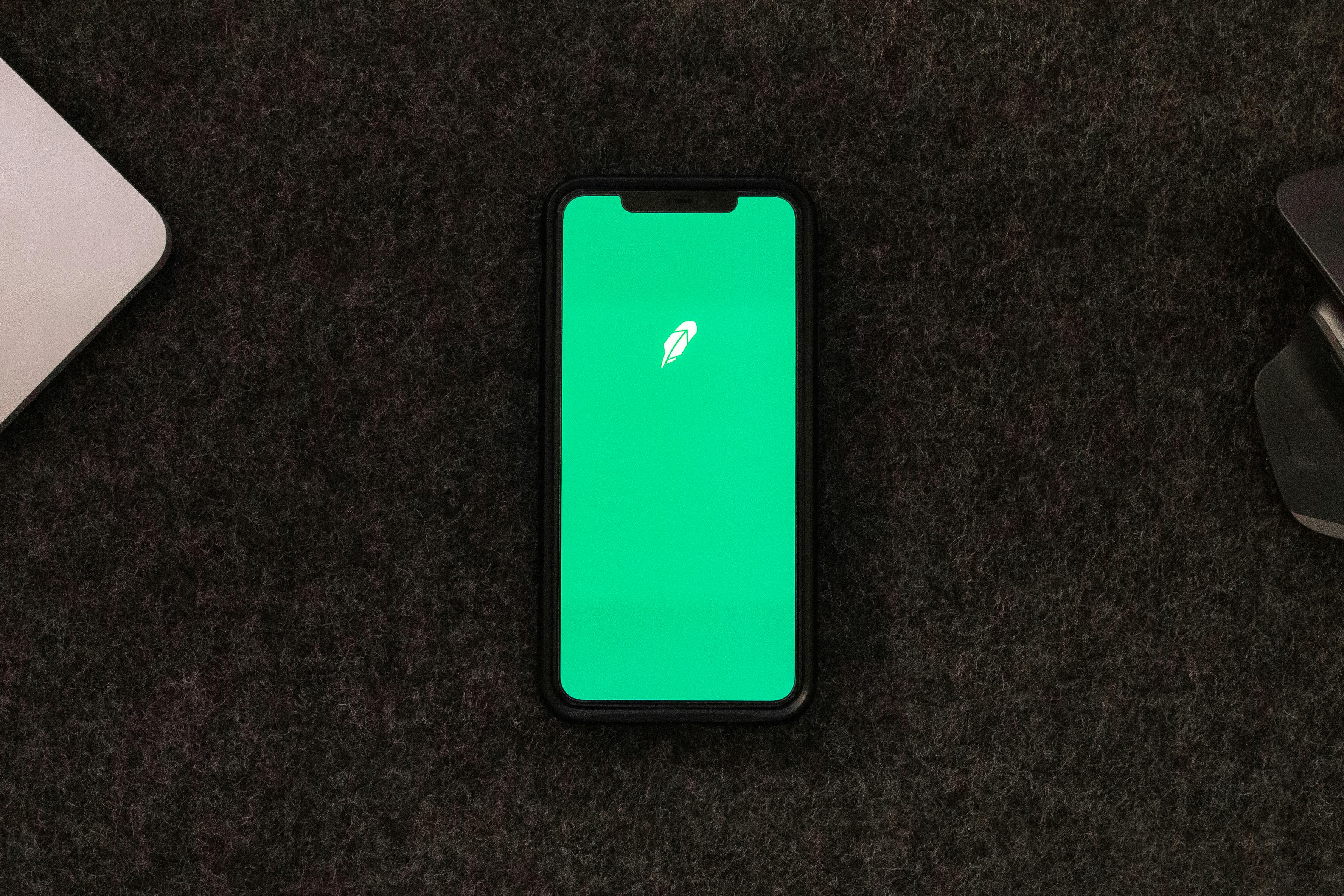Question: When putting stickers on the visor of a football helmet, how do you remove the black stickers that come on the visor?
Answer: If the sticker or decal on the visor is easy-peel vinyl, it should come off easily, but if it’s a standard adhesive, it can be difficult to remove.
In this case, what you would have to do is get a hair dryer and heat the decal enough that it is quite warm, but not hot, to the touch. Once done, place a fingernail under one edge of the decal and slowly peel it off. Hopefully it won’t leave any adhesive.
If you do leave some adhesive, you can get “orange peel” nail polish remover at your hardware store or possibly a larger grocery store as well. Apply to a soft paper or cloth towel, then rub the glue until it softens and then rub until it comes off. Wipe off the remaining residue with a dry corner of the towel. This type of glue remover works well on most of the plastics I have used without dulling or clouding the finish of the plastic.
Question: I bought a large decal to put on the rear window of my car and I was wondering if there is any product that can be applied to the rear window to make the decal easier to remove as well as protect the window simultaneously.
Answer: Not that we know of. Actually, the decal itself will protect the rear window of your vehicle quite well. And if you understand how glue works, you won’t have to worry about removing the decal.
Of course, now I am going to tell you how to remove your car window or bumper stickers in the easiest way. Well, something easy.
Most window decals in the variety of exterior applications will be printed on vinyl adhesive material or polyester adhesive material. The glue that is normally used is an acrylic adhesive that, over time, hardens and is more difficult to remove. If you are buying decals in bulk for resale, it might be wise to look for removable glue decal materials that are becoming popular for this reason.
But it does not matter. In your case, you’ve already purchased a large rear window decal for your car and are nervous about damaging the window, either during application or removal of the decal later on. In neither case should you worry about the window.
When it’s time to remove the decal from your car or truck, get a heat gun or hair dryer to heat the decal. If you are using a heat gun, the lower heat setting should work. If you are using a hair dryer, you will likely need to use the highest heat setting. With large decals, you may need to heat a small section of the decal and remove it one section at a time, especially if it has been on the deck for an extended period of time. Once you have heated a small area (approximately 100 square inches), begin peeling the vinyl with a slow but steady pulling motion at an angle of approximately 45 degrees. As you get to the end of the heated window / vinyl, you will feel that it becomes more difficult to remove the vinyl. Stop and heat another section of vinyl / glass and repeat.
When you have removed all the decal, there may be some glue residue left on the glass. You will need a good “orange peel” oil glue remover, available at many hardware stores, to apply with a spray bottle or a soft towel or soft paper towel over the glue. Let the glue remover run for a couple of minutes to soften the glue. You may want to apply a second application of the glue remover to the residual glue to soften it even more, especially if the decals have been on your car for more than a year.
Once you’ve softened the glue enough, you can take a towel soaked in glue remover and gently rub the areas where the glue remains. Once you can visually observe that the glue is gone, take a soft, dry towel and wipe the window again to remove any residue from the glue remover. If you need to apply graphics right away, you can use isopropyl alcohol to neutralize the glue remover, or if the decal was on a painted surface of your car or truck, warm soapy water may be preferable to alcohol, which could dull the finish of your car. .
